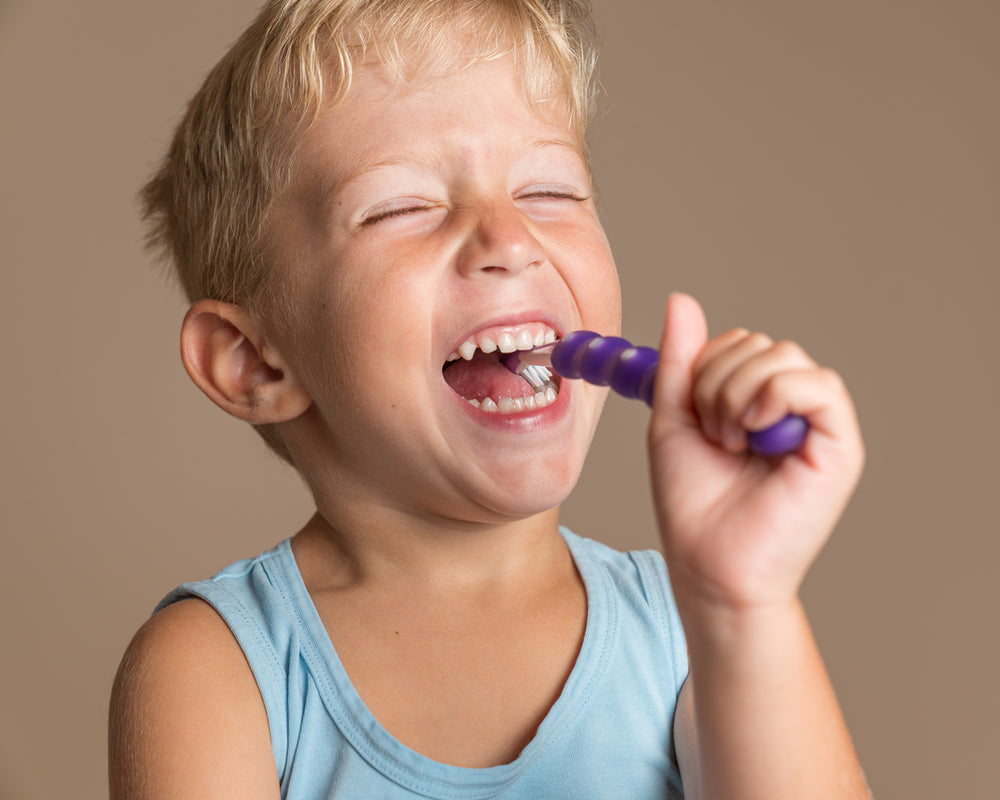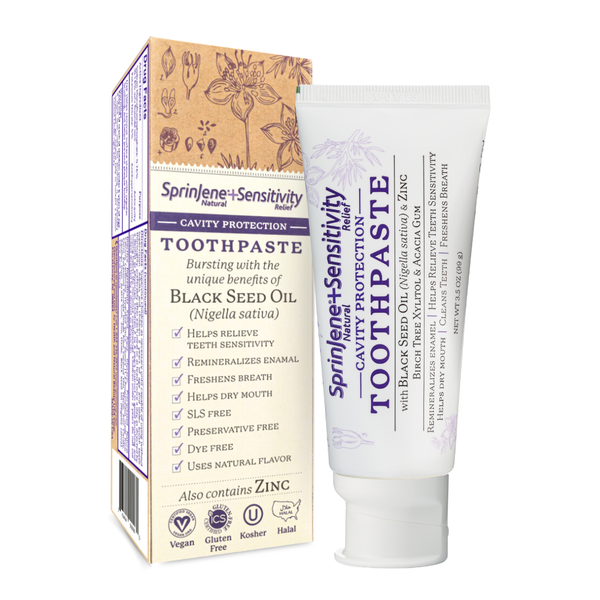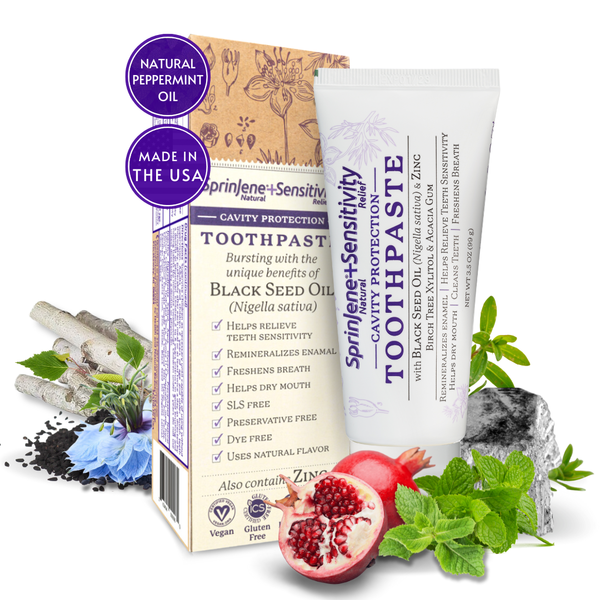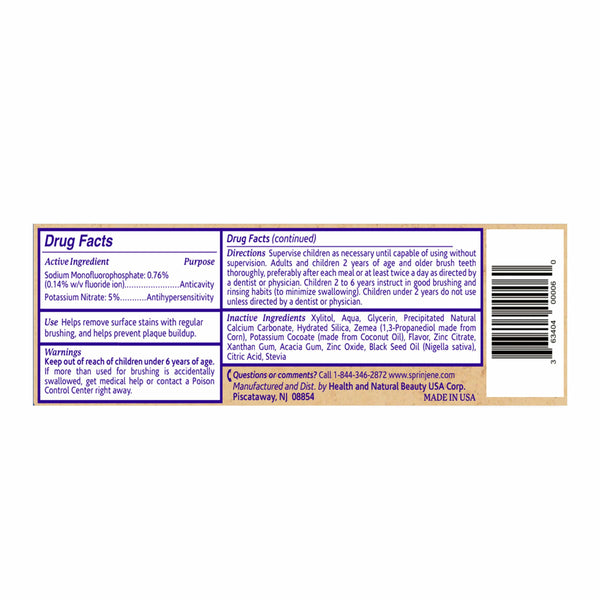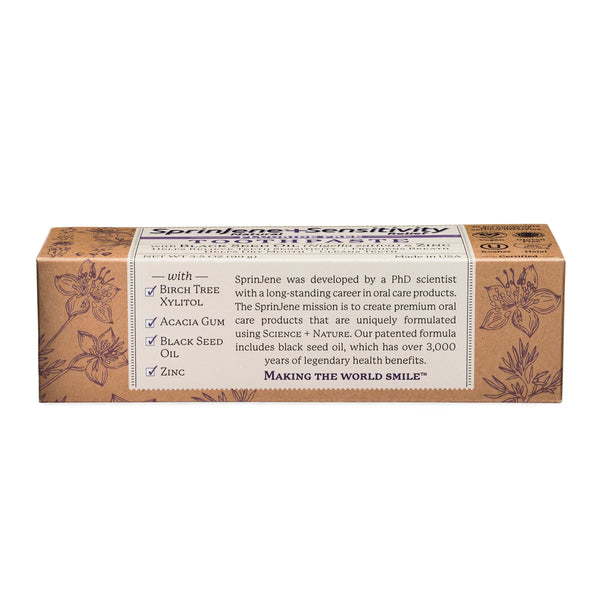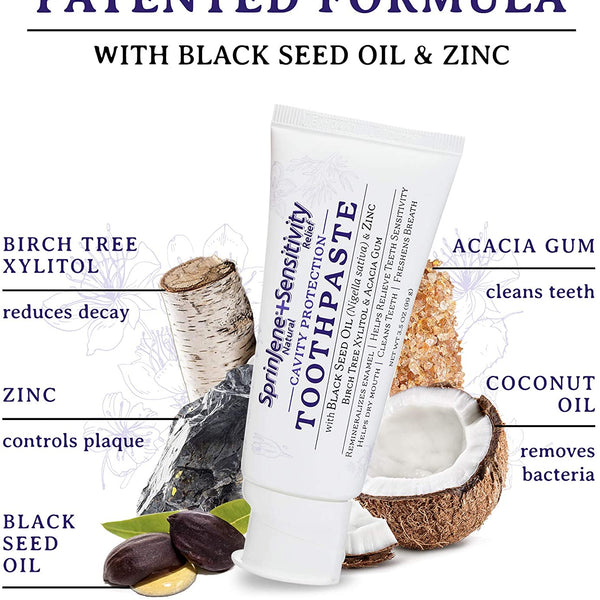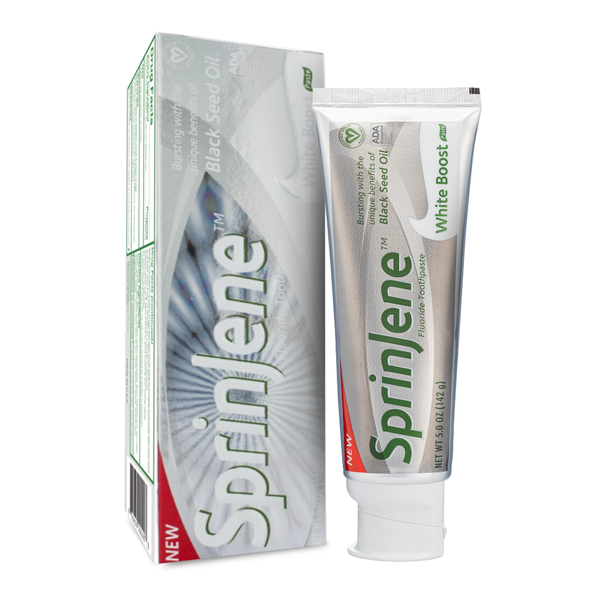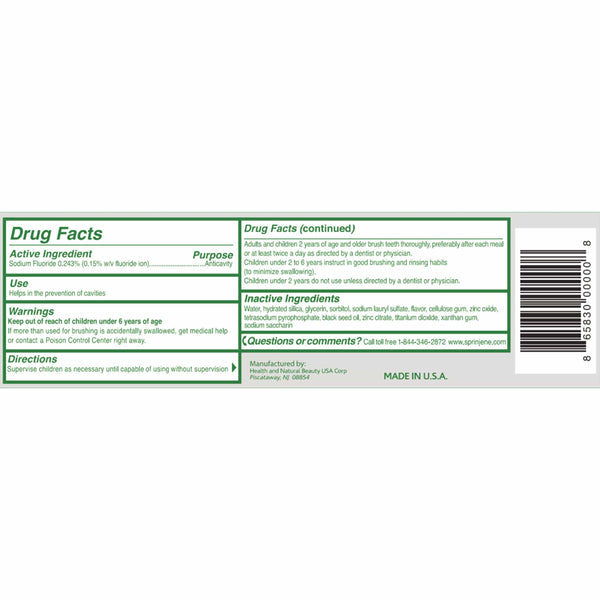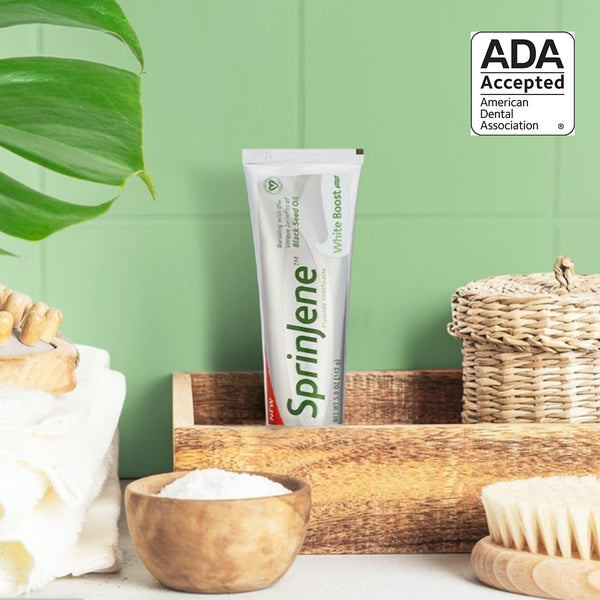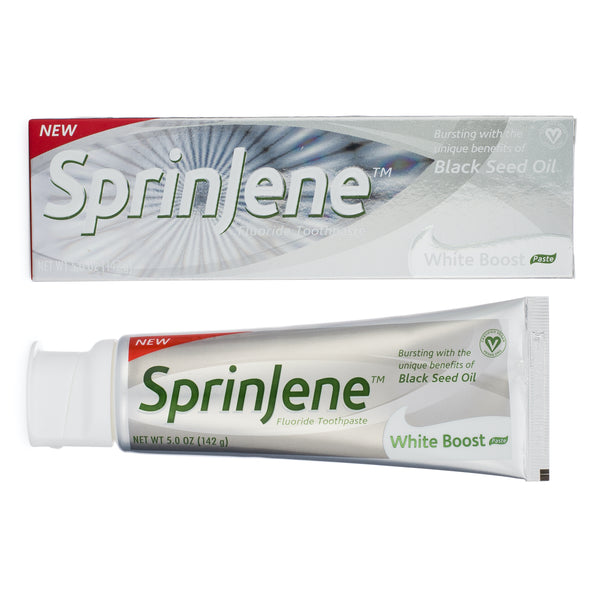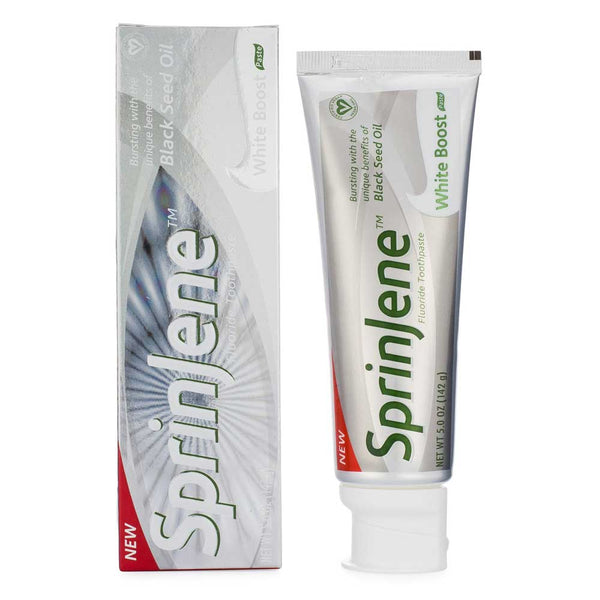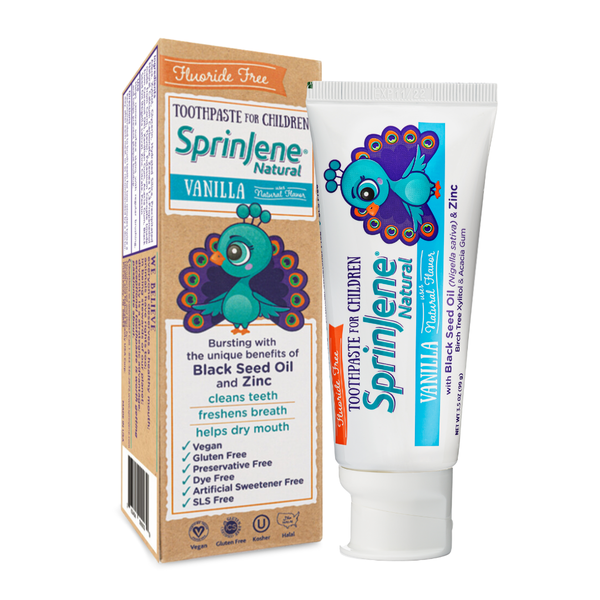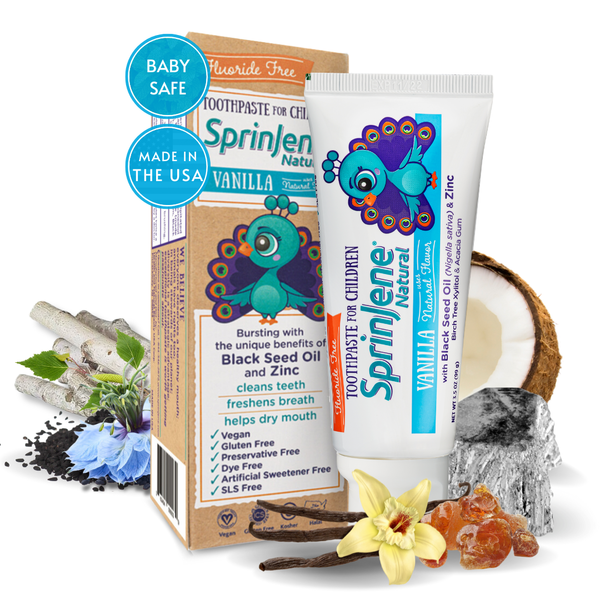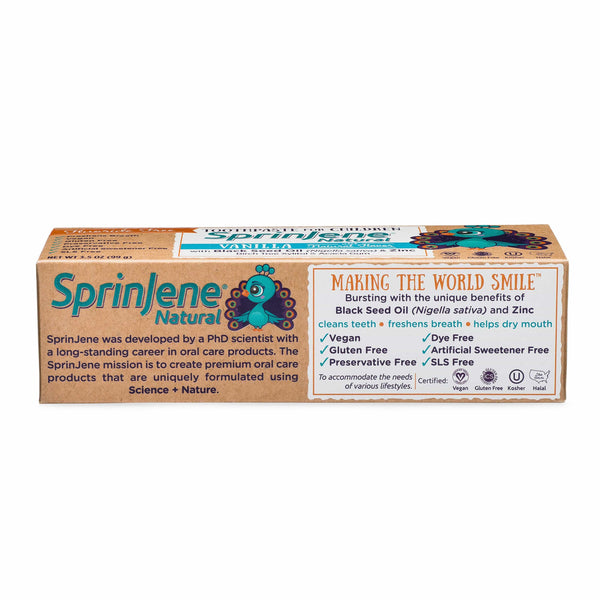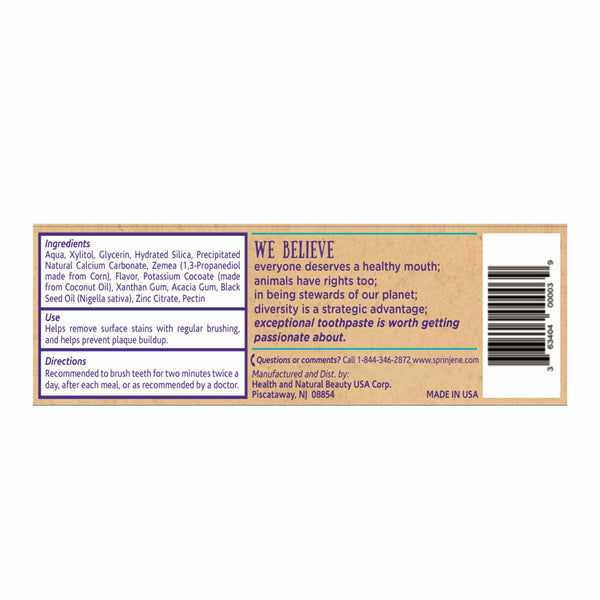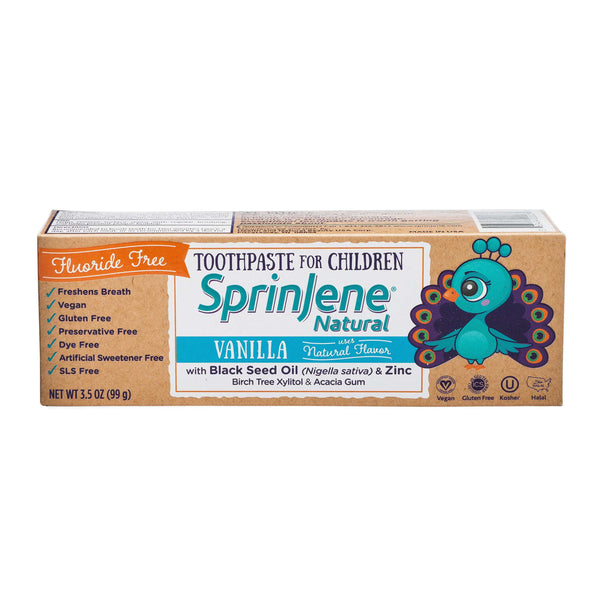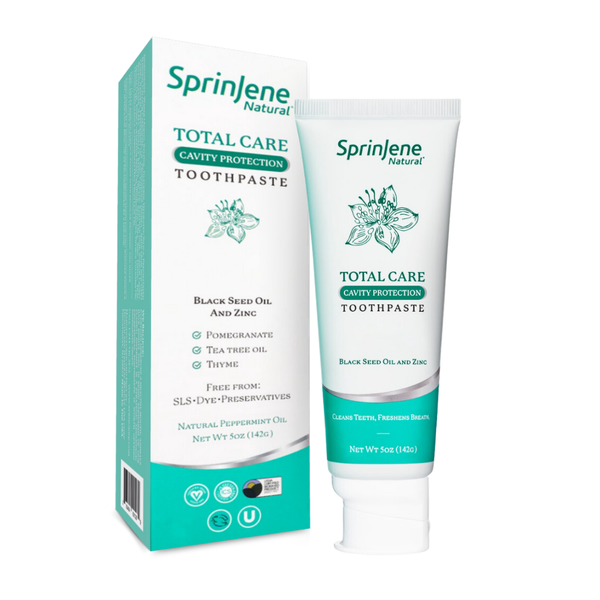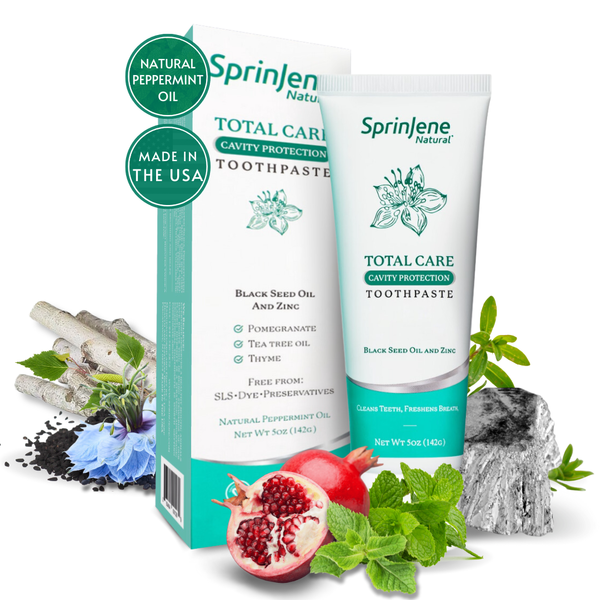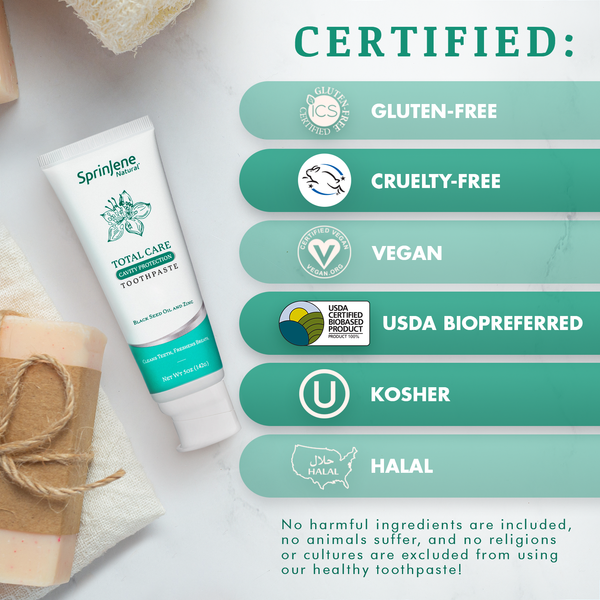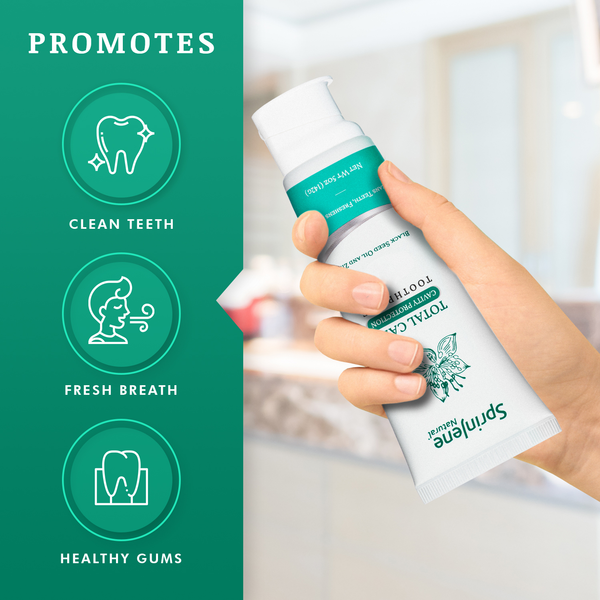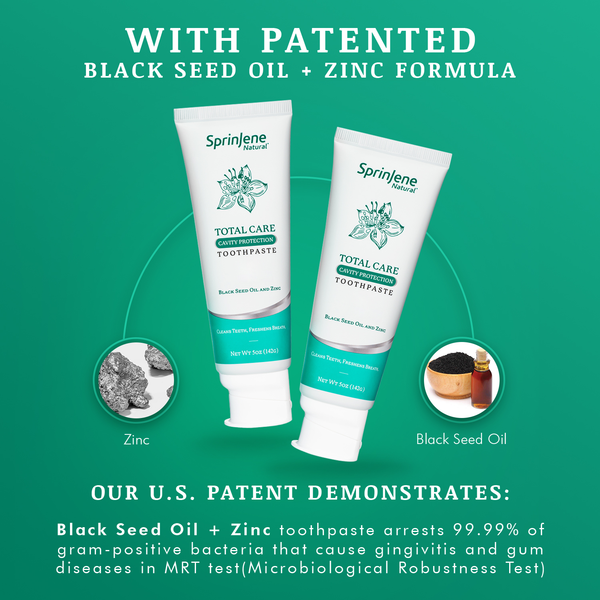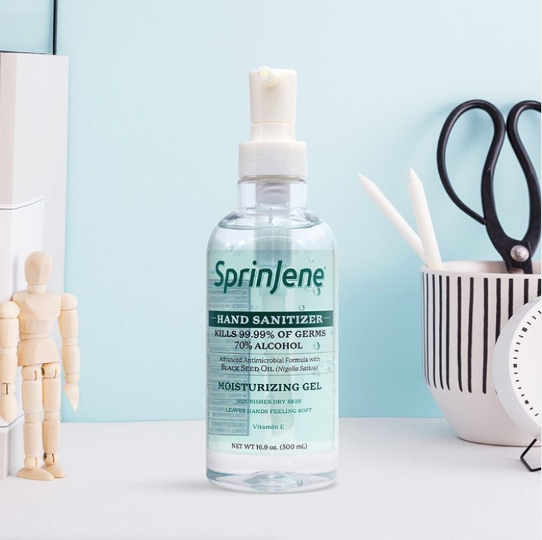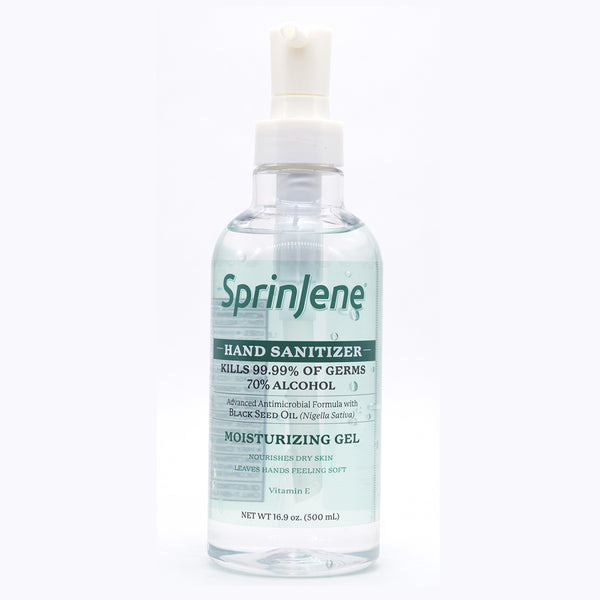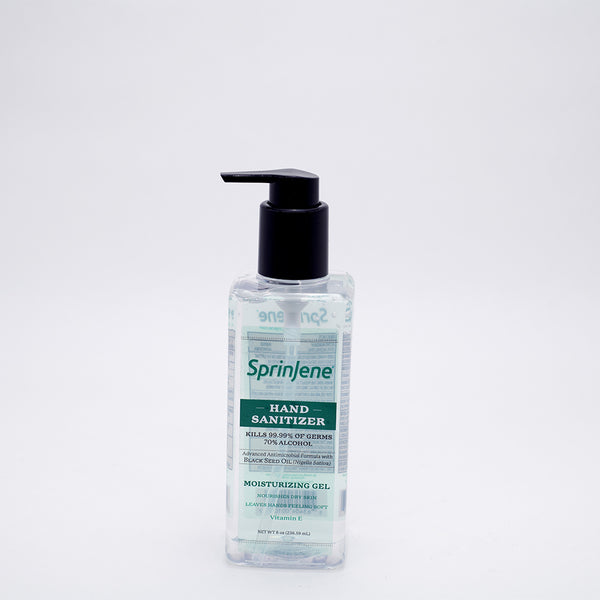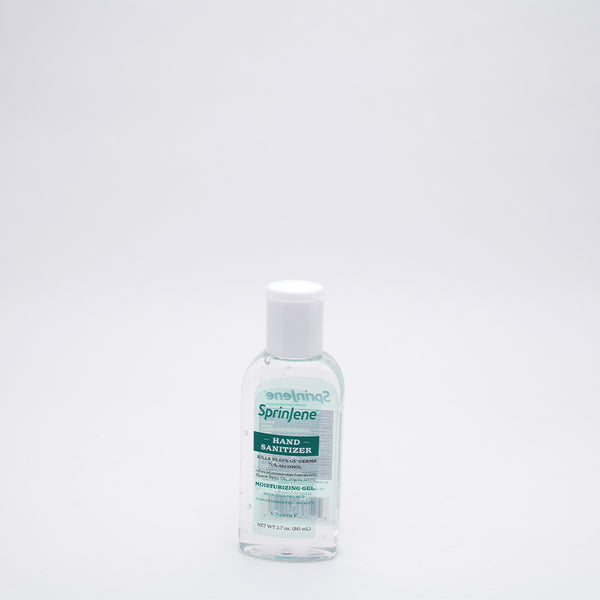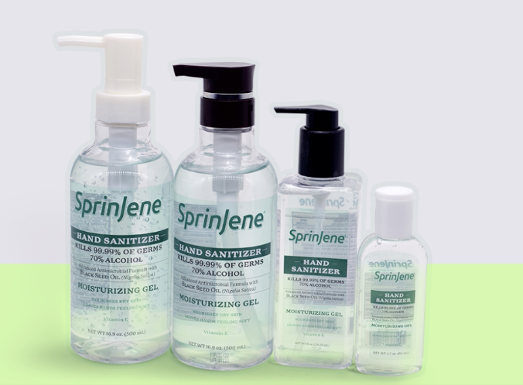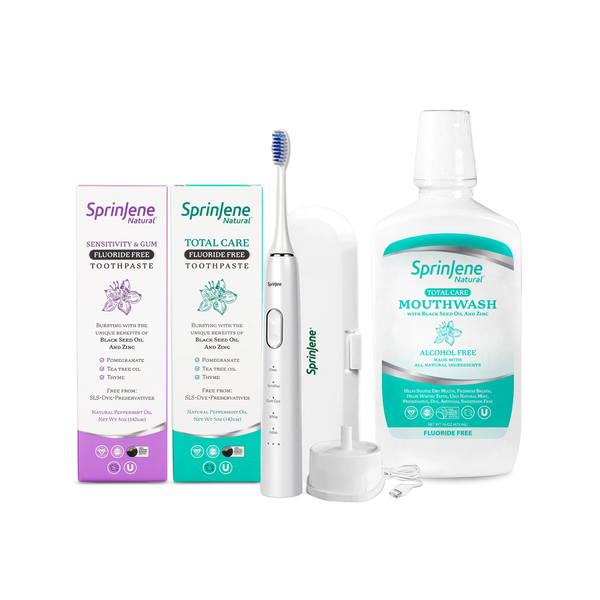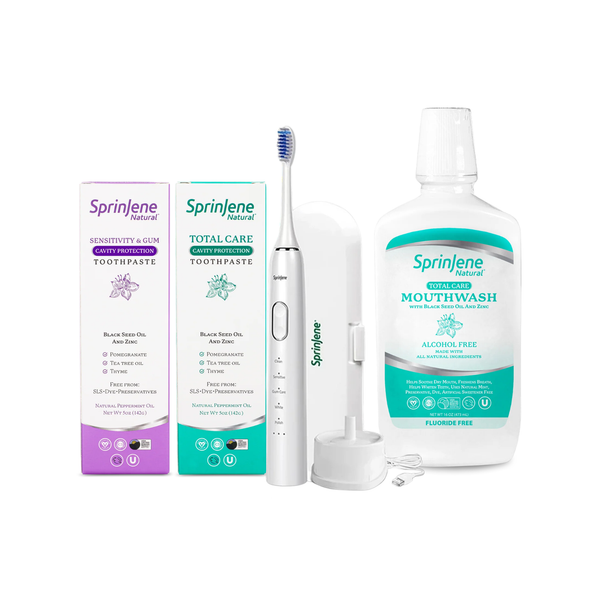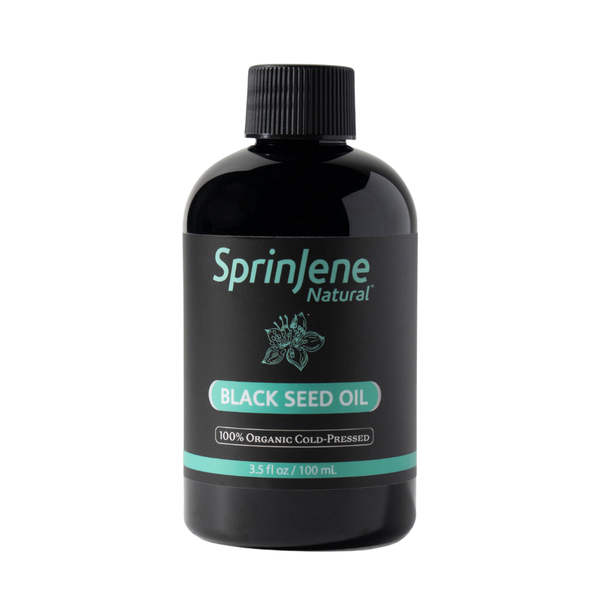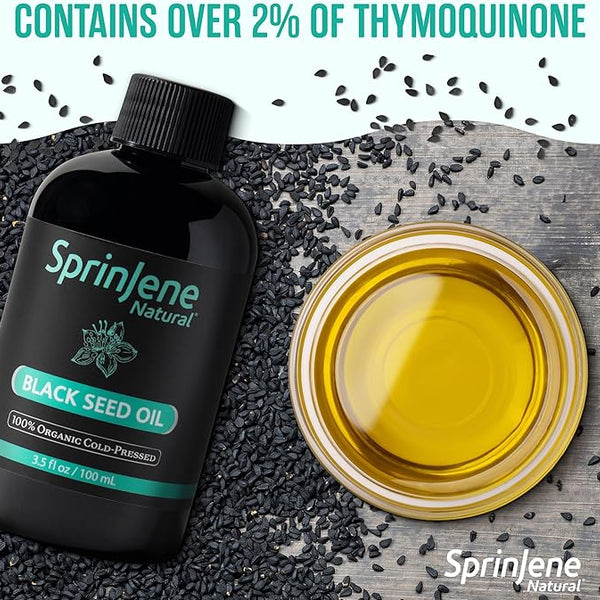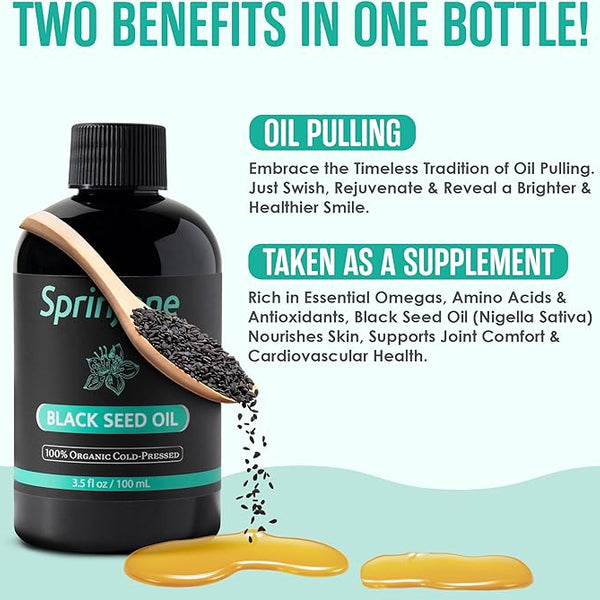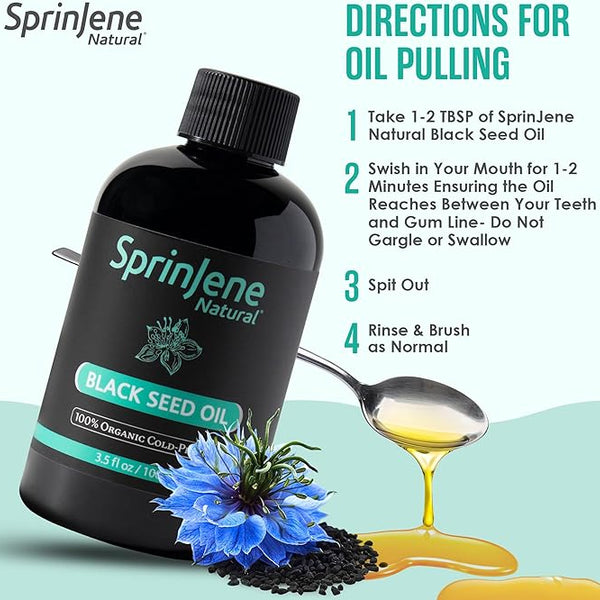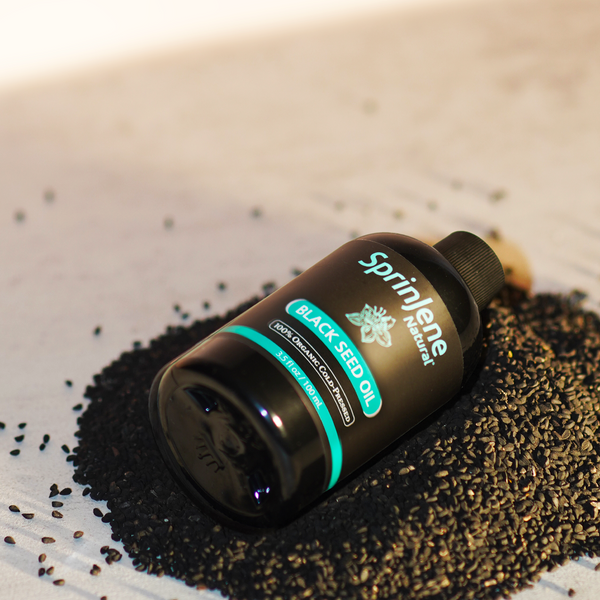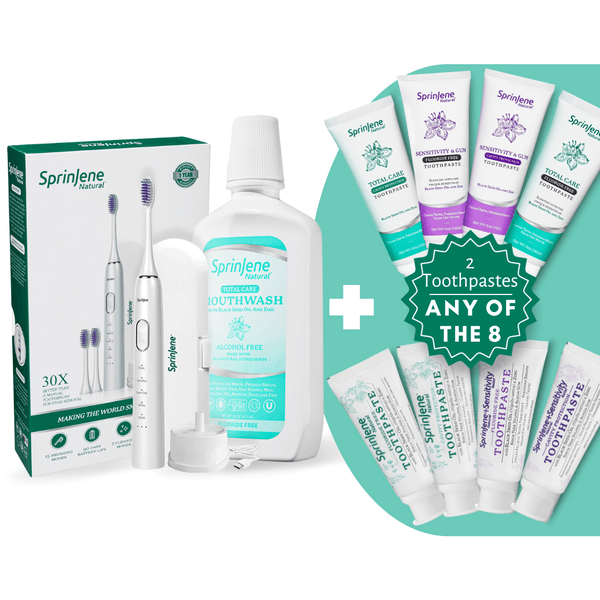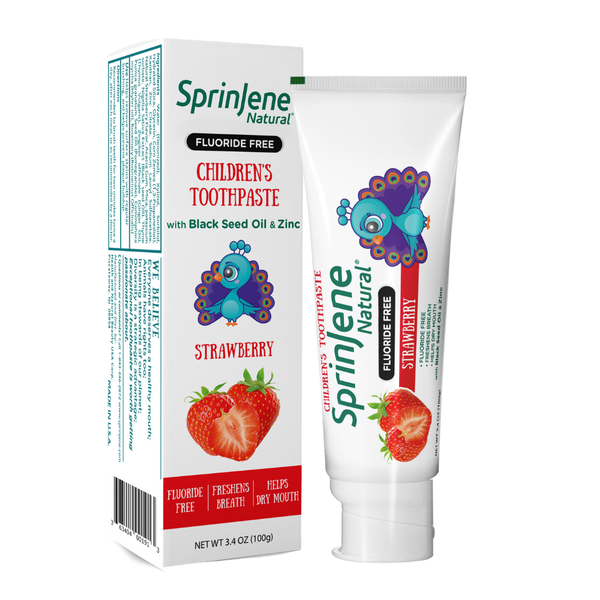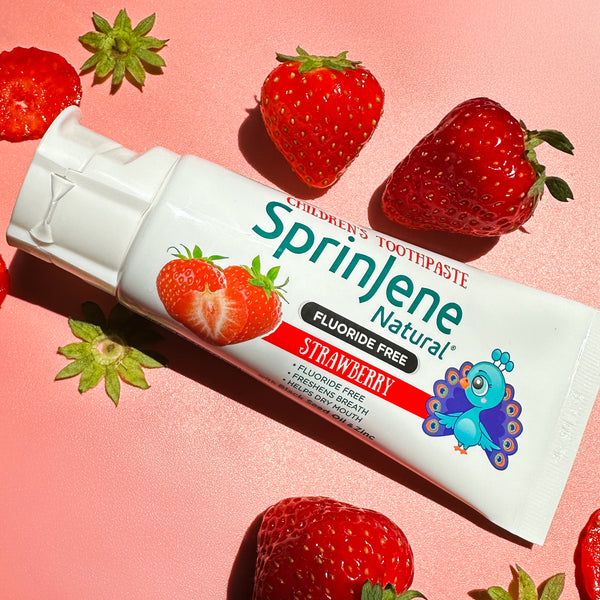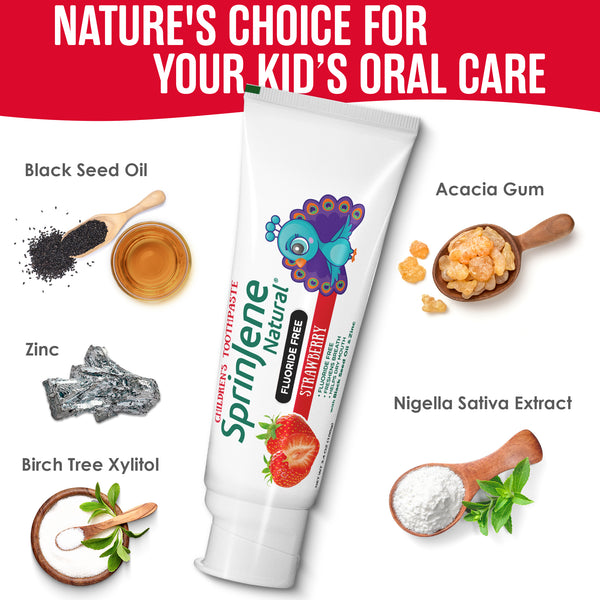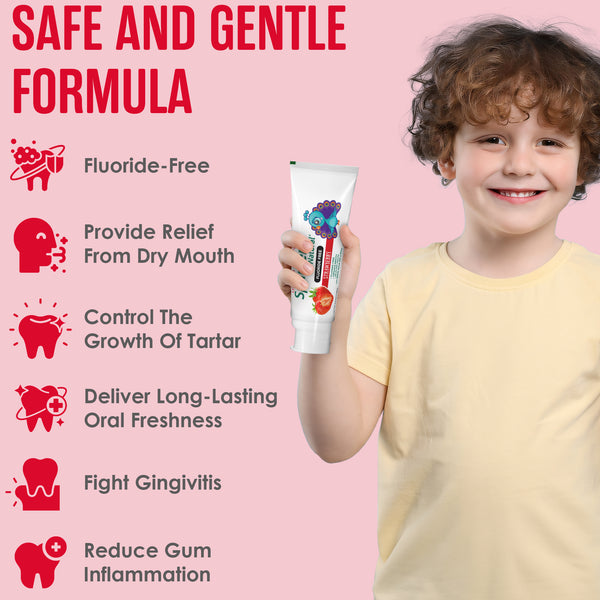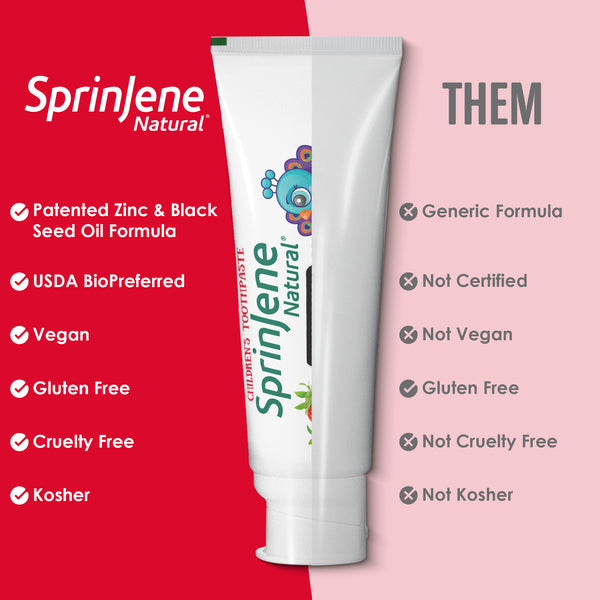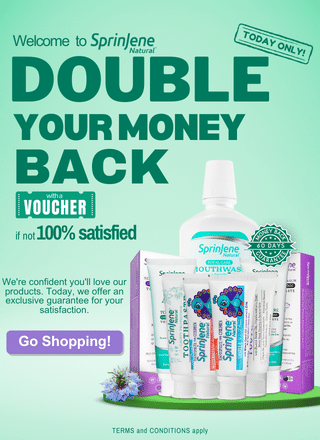
Teeth brushing is one of the most important practices to follow if you want to maintain good oral health, and it should be introduced as early as 6 months in children. It is recommended to gently wipe your infant’s gums with a wet washcloth to keep the gums healthy
When Should Babies Start Using Toothpaste?
It is recommended to start cleaning your infant’s mouth from birth by wiping down their gums with a soft cloth or piece of moistened gauze. According to the American Academy of Pediatrics, you should start brushing a baby’s teeth as soon as their first tooth erupts. Once the teeth start to come in you can begin brushing their teeth with a fluoride free toothpaste. Since infants and toddlers cannot control their swallowing reflex it is advised to use fluoride free tooth pastes to avoid excess ingestion of fluoride as this can have toxic effects in the body.
Start with a small, soft, infant-sized toothbrush and, yes, a tiny smear of toothpaste about the size of a grain of rice. Fluoride is a natural mineral that strengthens the teeth, protects the enamel from the cavity-causing acids found in plaque and also helps kills some of the bad bacteria in the mouth. While there is fluoride-free toothpaste for babies that’s marketed towards really little ones, the American Dental Association recommends using a regular fluoride toothpaste for kids in a very small amount. They note there is a benefit to introducing fluoride early because about 25% of children have had a cavity before starting kindergarten. Given that tooth decay is the most common chronic childhood disease, preventative measures like using fluoride toothpaste are essential.
How Much Toothpaste Should Kids Use?
The Centre for Disease Control and prevention (CDC) recently reported that 40% of kids are using too much toothpaste. While fluoride is essential for preventing tooth decay, excessive amounts in developing can lead to fluorosis. Mild fluorosis causes white spots on the teeth when they erupt, while more severe fluorosis can cause pitting and dark brown discoloration. Since babies and little kids don’t know how to spit out the toothpaste, it stays in their mouths, which can aggravate the problem.
In this situation what is a parent supposed to do? Start by using a fluoride free toothpaste. This will protect the child from fluorosis in case they are swallowing too much tooth paste until such time that they learn to spit and rinse.
Or you can try using the correct amount of toothpaste. This practice will ensure your little one’s smile is protected from tooth decay and there’s no danger of ingesting too much fluoride. Here are the guidelines when it comes to using fluoride toothpaste for kids:
- Kids birth to age three – Use a tiny smear (about the size of a grain of rice)
- Kids ages three and up – Use a pea-sized amount
Just as adults, babies and kids should have their teeth brushed twice a day with toothpaste. Parents should help with brushing babies and young toddlers’ teeth for them and supervise older toddlers, preschoolers and school-aged kids until they master the technique and you’re sure they’re spitting the toothpaste out. When kids hit their teenage years, they still don’t need a ton of fluoride toothpaste. A thin ribbon across the head of the toothbrush will suffice. If you are concerned that your child is consuming too much toothpaste then you could schedule an appointment with the child’s Pediatrician just to be sure.
Dental Fluorosis
If children ingest too much fluoride over a long period of time, they are at risk of developing dental fluorosis, a permanent discoloration of the tooth enamel. Dental fluorosis affects the permanent teeth and can range from mild, barely noticeable white spots to severe dark brown staining and even pitting of the teeth. This appears as small spots of chipped away enamel showing underlying dentine. Fluorosis is a concern only for children younger than 8, because once the permanent teeth finish developing and break through the gums, they can no longer develop fluorosis.
In some countries drinking water also has added fluoride in it and this or the fluoride supplement prescribed by the pediatrician is enough fluoride that the child needs for healthy teeth, when using fluoride-free tooth paste.
Brushing Technique:
It is advised to use a small head brush with soft bristles. If your child is under 4 years of age then it is advised that a parent assists the child while brushing and slowly becomes a supervisor once the child becomes older and more independent. For children who need assistance:
- Sit the child in your lap, facing away from you, or stand behind taller children. Tilt the child's head back against your body so you can see all the surfaces of the teeth.
- Angle the bristles of the toothbrush towards the gum. Move the brush in gentle circles to clean the outer sides of the teeth and gums.
- Brush in gentle circles on the inside of the teeth and gums making the sure the tooth brush is held at a 45 degree angle.
- Brush forward and backwards on the chewing surface of the teeth.
- After brushing all the surfaces, encourage your child to spit and rinse out the toothpaste.
This practice must be followed twice a day and a third time if a sugary meal has been consumed.
Recommended Toothpaste Ingredients for Kids:
The best course to follow is to start your child off with a toothpaste that contains all natural ingredients. Such a toothpaste will help clean your child’s teeth and gums, and does so without any dangerous ingredients making the toothpaste safe for your child to swallow and also teaches your child to practice proper oral hygiene.
Sprinjene Natural Toothpaste for kids is ideal for just this purpose. It is a completely natural formula designed especially for people who want to go chemical free. It is recommended for parents who don’t want to expose their children to unnecessary chemicals at a young age. Sprinjene Natural Toothpaste for kids comes in two types, one without fluoride which is a starter tooth paste for infants and toddlers who don’t yet know how to spit and rinse, and the other one with fluoride which you can transition your child over to when they’re old enough. Sprinjene Natural Toothpaste for kids has three different yummy flavors:
- Vanilla
- Water Melon
- Apple Mint
This toothpaste is packed with powerful ingredients which, not only provide anti-cavity protection but also have immense health benefits. Black seed oil and zinc extracts which have innumerable anti-microbial properties which make it ideal for prevention of bacterial growth, tartar control and inflamed gums. Other ingredients include xylitol which is a natural sweetener and possesses anti-cariogenic properties, coconut oil, and acacia gum. These serve as natural alternative ingredients to harmful ones present in commercially available tooth pastes such as:
- SLS (sodium lauryl sulfate).SLS is a chemical surfactant irritant to some people and used to reduce surface tension between ingredients and thicken certain food products.
- Artificial preservatives and dyes.Unnatural chemicals used to make products last longer and look a certain color have been linked to multiple health issues, especially in children.
- Saccharin is an artificial sweetener with a bitter aftertaste and no nutritional benefit.
- Animal byproducts.No substances that come from animals are found in any Sprinjene Natural Toothpaste or used in manufacturing.
Along with being chemical free all SprinJene toothpastes are also:
- Gluten free
- Kosher
- Halal
- Cruelty free
- Vegan

